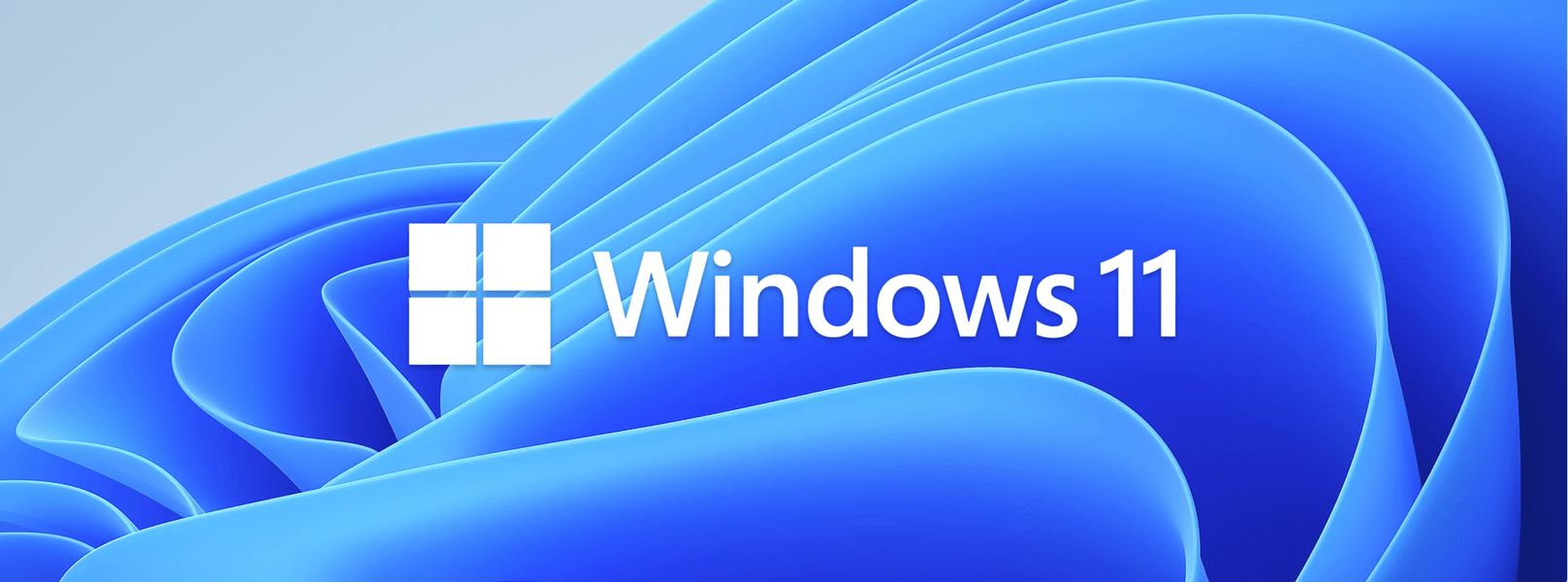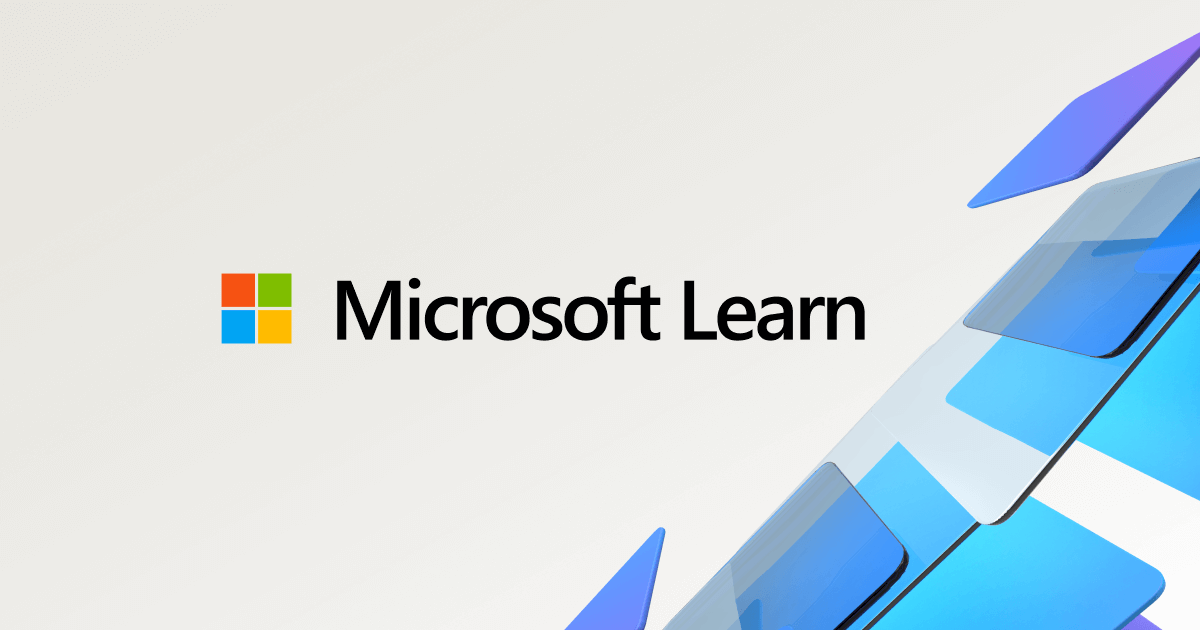Hi all,
I have a w10 machine that is not likely to upgrade to w11 via the microsoft direction.
I have used RUFUS to do clean installs and works great, however, on this occassion, i need to keep all my files and applications (3rd party including registered apps) when upgrading.
Will RUFUS do this and how please?... or other ideas appreciated.
thanks.
I have a w10 machine that is not likely to upgrade to w11 via the microsoft direction.
I have used RUFUS to do clean installs and works great, however, on this occassion, i need to keep all my files and applications (3rd party including registered apps) when upgrading.
Will RUFUS do this and how please?... or other ideas appreciated.
thanks.
My Computer
System One
-
- OS
- 10
- Computer type
- Laptop
- Manufacturer/Model
- lenovo











